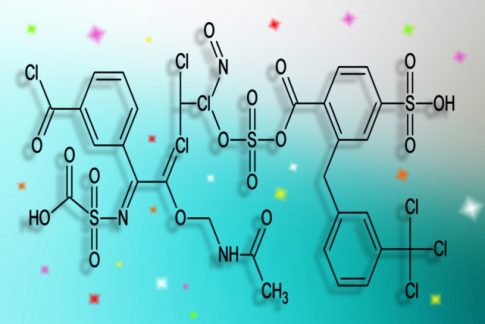この記事の概要
In AGA (male pattern baldness), when DHT (dihydrotestosterone) binds to the male hormone receptors in hair follicles, inhibitory factors such as TGF-β and DKK1 are induced. This inhibits the proliferation of hair matrix cells and shortens the growth phase of hair. Normally, hair grows for 2-6 years during the growth phase, but in AGA, DHT significantly shortens the growth phase, making hair thinner and ultimately more likely to fall out.
Detailed process:.
- DHT binding to male hormone receptors: DHT is converted from testosterone and binds to receptors in hair follicles.
- Induction of TGF-β and DKK1: This generates TGF-β (transforming growth factor-β) and an inhibitory factor called DKK1 (Dickel family 1).
- Inhibition of hair matrix cell proliferation: These factors inhibit the proliferation of hair matrix cells, causing hair follicles to stop growing. As a result, the growth phase of hair is shortened and hair tends to fall out without sufficient growth.
- Shortened growth phase: The hair growth phase is shortened, resulting in softening of the hair and an increase in thin, short hair. As this progresses, hair loss becomes more noticeable and the scalp is more exposed.

This process is the main mechanism of AGA, and treatments that inhibit the effects of DHT (such as finasteride and dutasteride) are effective.










